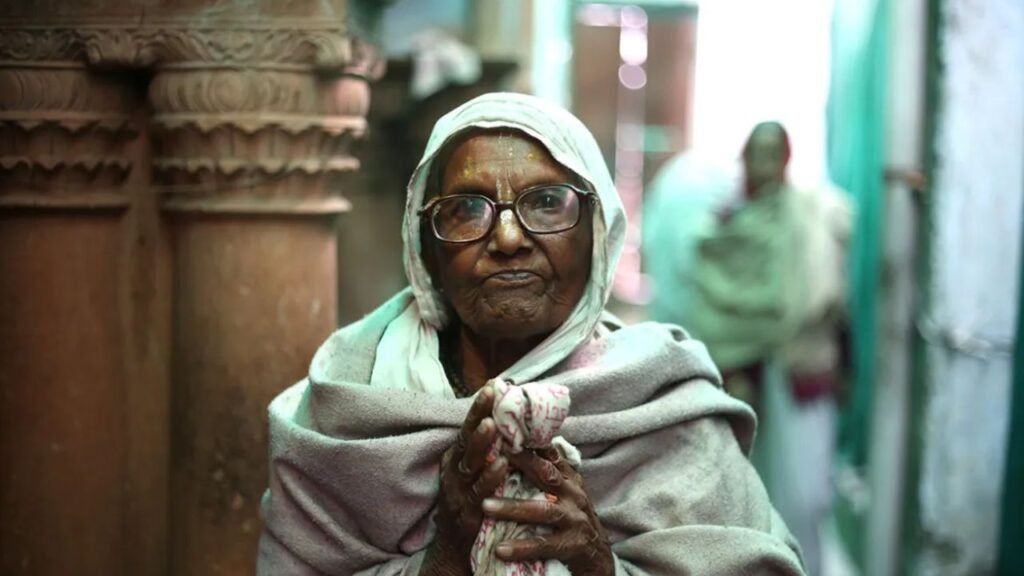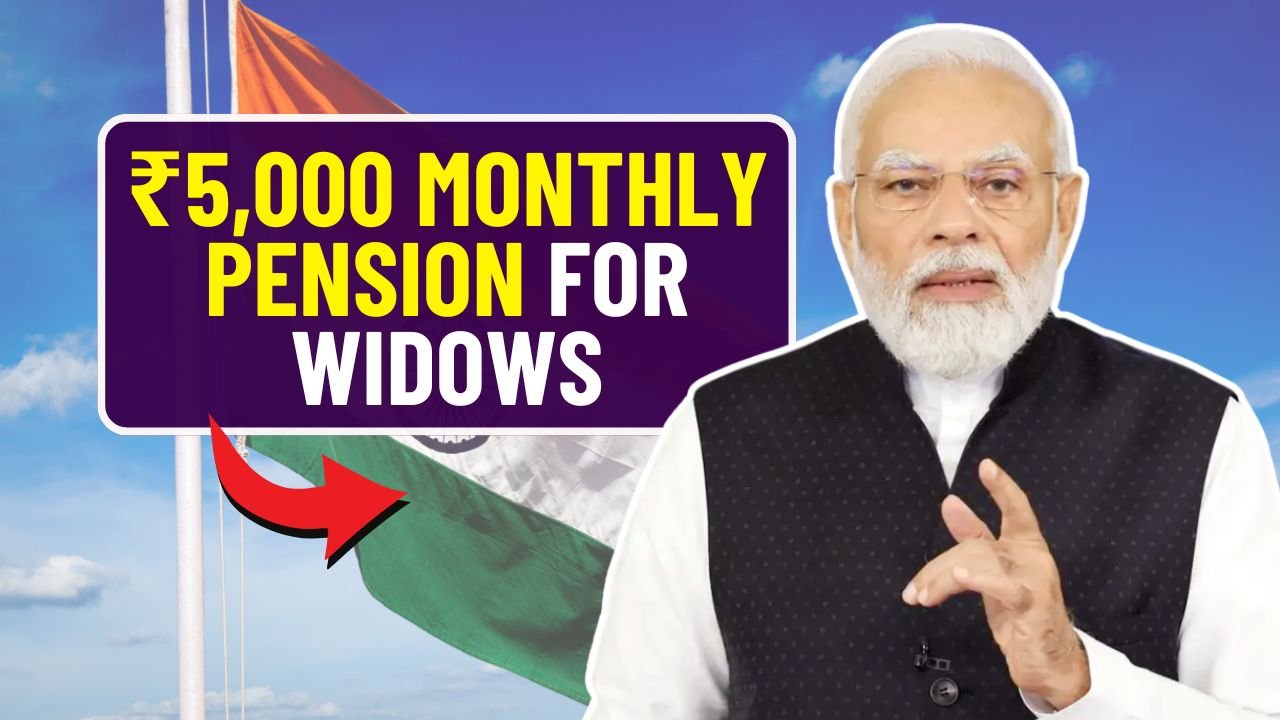The Indian government has launched an impactful welfare scheme for widows in 2025, aimed at providing monthly financial aid of ₹5,000. This initiative is a major step toward ensuring social security and economic relief for women who have lost their spouses. With the increasing cost of living and social isolation faced by many widows, this program offers both monetary support and a sense of dignity and empowerment.
The Widow Pension 2025 scheme has been designed with the primary objective of alleviating financial burdens for widowed women, especially those from low-income backgrounds. It not only ensures consistent monetary assistance but also encourages beneficiaries to participate more actively in their communities. With structured eligibility norms and a clear application process, the scheme aims to reach those most in need across the country.
Who Qualifies for the Widow Pension in 2025
To ensure that the pension benefits reach deserving applicants, the government has laid out specific eligibility criteria. The applicant must be a widow who resides within India. A government-recognized document proving widow status, such as the spouse’s death certificate, is mandatory. Furthermore, the applicant’s annual income should not exceed ₹1,00,000, and they must not already be a beneficiary of any other pension scheme.
These requirements aim to prioritize individuals who are genuinely in need of state assistance. By enforcing a financial threshold, the scheme filters out applicants who may have alternative means of support, thus preserving resources for economically disadvantaged widows.
A Step-by-Step Guide to Submitting Your Application
Applying for the Widow Pension 2025 is simple and streamlined, especially with the availability of online portals. Interested individuals can visit the official government welfare site to begin the process. They must first download the pension application form and fill it with precise personal, financial, and identity details.
Once completed, the form must be accompanied by key documents, such as an Aadhaar card, income certificate, spouse’s death certificate, bank passbook copy, passport-sized photos, and a caste certificate if applicable. Applications can then be submitted online or in person at local government offices. This dual option ensures accessibility for those with limited digital resources.
Essential Documentation to Complete Your Application

The scheme mandates the submission of several documents to verify the applicant’s eligibility. These include identity proof (such as Aadhaar), proof of widowhood (death certificate of the spouse), financial verification (income certificate), and banking details (bank passbook copy). Caste verification is required for those seeking additional benefits under caste-based welfare schemes.
Each document serves a unique purpose in validating the applicant’s claim and ensuring transparency in the process. Errors or omissions in documentation are a leading cause of delays or rejections, so it is crucial to prepare and review all paperwork carefully before submission.
Comprehensive Benefits Designed to Empower Widows
The Widow Pension Scheme offers far-reaching benefits beyond the monthly financial aid. The ₹5,000 monthly pension serves as a foundation for financial independence, allowing widows to manage essential expenses. It also opens doors to additional welfare initiatives, such as subsidized healthcare and community development programs.
Through this support, widows are encouraged to engage in local activities and even explore small-scale business ventures. Several state governments also offer supplementary perks to beneficiaries, enhancing the overall impact of the national pension scheme. The initiative fosters dignity and restores a sense of purpose in the lives of thousands of women across India.
Avoid These Common Mistakes When Applying
Many applicants encounter issues during the pension application process due to avoidable mistakes. One of the most frequent errors is submitting incomplete or inaccurate information. Failing to include essential documents or missing out on deadlines can also delay or invalidate the application.
Applicants must double-check all entries and ensure that each document is legible and current. Staying informed through official channels, community centers, or local helplines can provide much-needed clarity and assistance, especially for those navigating the process for the first time.
Inspiring Journeys of Widows Who Benefitted from the Scheme
Numerous success stories have emerged since the launch of the scheme. In Maharashtra, Rita received her pension within a month and used it to support her child’s education. Kamala from Kerala leveraged her monthly allowance to launch a small homemade food business, generating additional income.
In Tamil Nadu, widows have formed community support groups to organize social activities and uplift each other. Bihar has seen the rise of collaborative farming projects run by pension-receiving widows. In Delhi, NGOs are actively helping women understand and apply for the pension program, ensuring that no eligible widow is left behind.
Taking the Next Step Toward Financial Independence
For widowed women looking to regain financial stability, the Widow Pension 2025 scheme offers a much-needed lifeline. With an efficient application process, well-defined eligibility, and a consistent monthly payout, the initiative empowers widows to live with dignity and autonomy.
Those interested should visit the official government portal or approach nearby welfare offices to begin their application journey. By taking this step, widows across India can not only secure financial relief but also rebuild their lives with renewed confidence and purpose.

